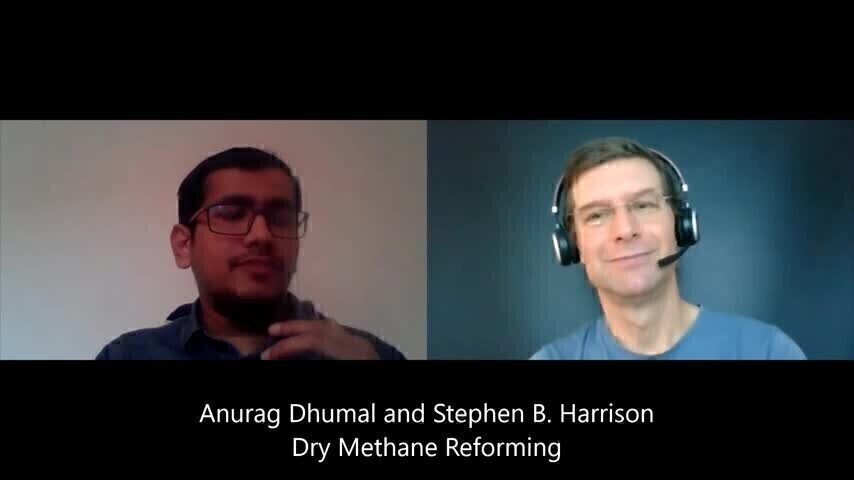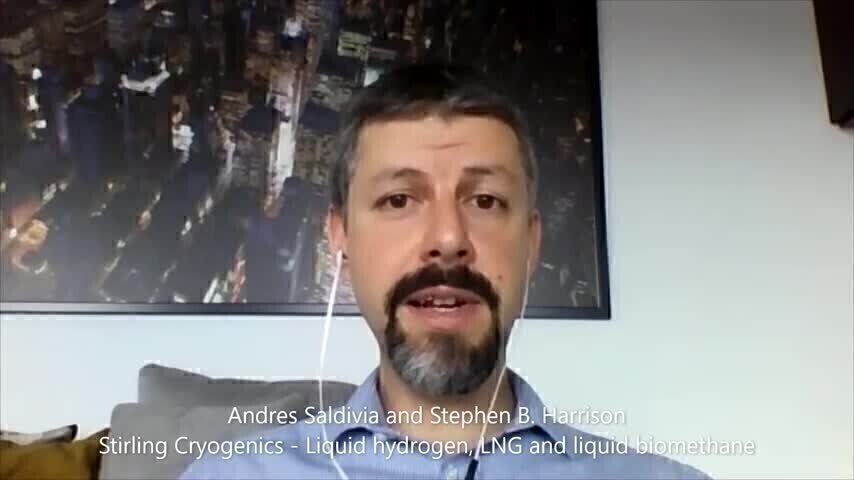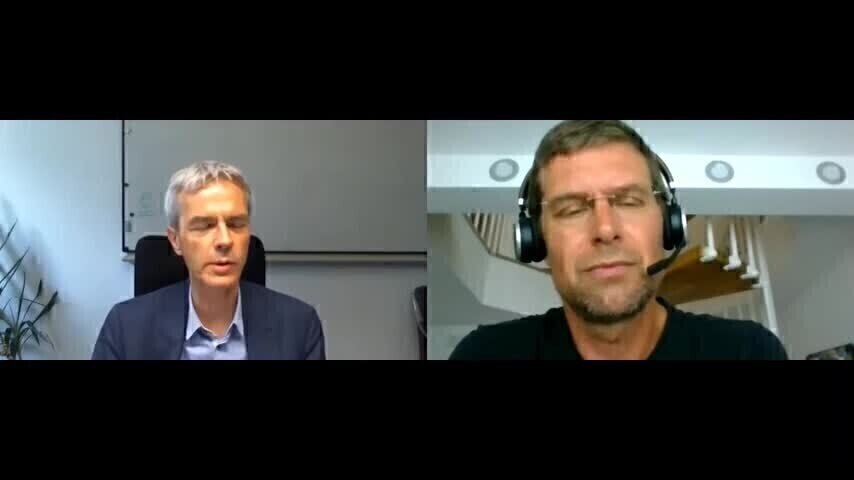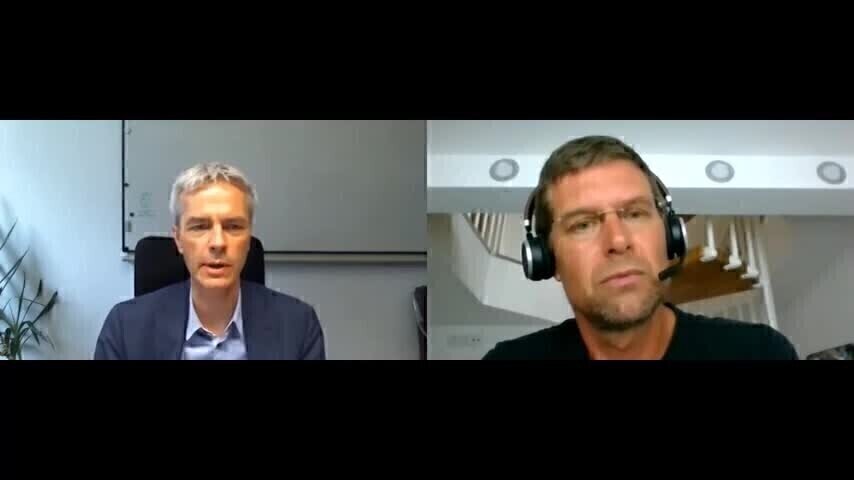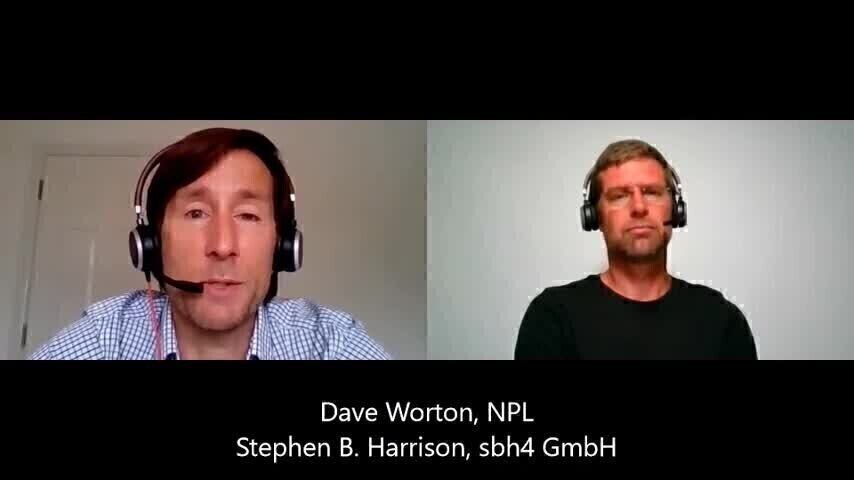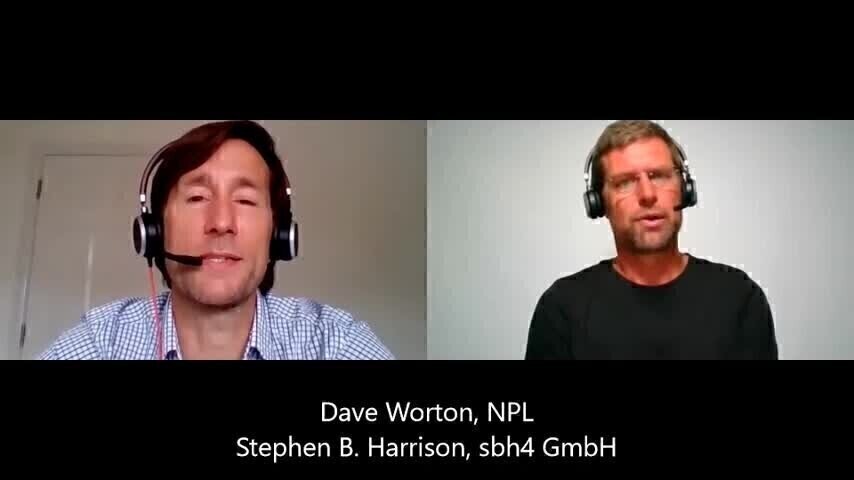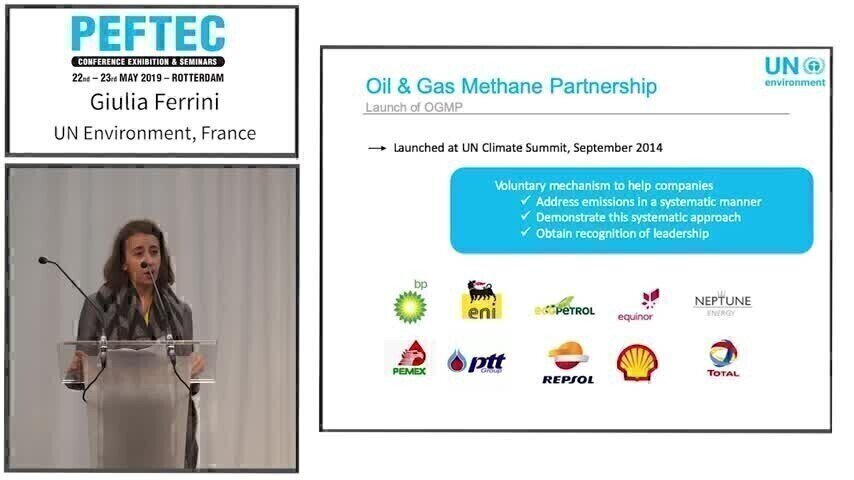Videos
Videos
Past Events
In June 2016, GHGSat launched the world's first and only satellite capable of measuring greenhouse gas emissions (CO2 and methane) from targeted industrial facilities around the world. The objective of this paper is to report on the early results in using our patented technology to accurately and quickly detect methane leaks around oil and gas installations which are costly, dangerous and have an environmental impact. The technology on our satellite was designed to be capable of detectin...
Different methods based on atmospheric measurements and atmospheric transport modeling have been developed and used for the quantification of methane emissions from industrial sites. The principle is to use a tracer or a local scale transport model as a proxy of the atmospheric transport which gives the link between the methane emissions and the measured concentrations, and which can thus be used to derive (through an inversion of the transport) of the estimate of the emissions that is consis...
Atmospheric methane (CH4) has a powerful short-term global warming impact, and comes from a variety of natural and anthropogenic sources. Methane sources include wetlands, landfills, oil / gas / coal extraction activities, and urban emissions from traffic and the natural gas distribution system. Characterizing the magnitude and the origin of these fugitive emissions spatially and temporally is critical to understand their present and future climate impacts. There are two tracer molecules...
For more specific analyses of atmospheric methane, follow the link to a survey of atmospheric methane at a regional level, or click through to an e-Learning on urban monitoring, using two European cities as case-studies. Carbon 13/12 ratios of methane are controlled by the processes and temperature of formation of methane, such that methane produced by cool biogenic processes contains less 13C than methane produced by higher temperature thermogenic (fossil fuels) and pyrogenic (combust...
Methane is one of the most important gaseous hydrocarbon species for both industrial and environmental reasons. Understanding and quantifying methane emissions to atmosphere is an important element of climate change research. Range-resolved infrared Differential Absorption Lidar (DIAL) measurements provide the means to map and quantify a wide range of different methane sources. DIAL is a powerful technique that can be used to track and quantify plumes emitted from area emission sources suc...
Industrial Methane Measurement Conference hosted at the PEFTEC EXPO
CI Systems has developed a dedicated Methane Imaging Camera to serve the petrochemical industry. This new camera (commercial name MetCam) is designed as a fixed imager, with large volume coverage, to monitor sensitive areas such as compressors stations, PRMS, rigs process areas and more. MetCam is a multi-functional camera that connects to site infrastructure and automatically performs gas cloud detection of clouds exceeding safety thresholds, monitors small leaks for preventive mainten...
There is both considerable opposition and support for unconventional hydrocarbon extraction, commonly known as 'fracking'. Opposition and hesitancy focuses on two primary issues: 1) aquifer contamination and 2) the increased greenhouse gas (GHG) footprint associated with such activity, particularly the fugitive CH4 emissions, but also CO2 associated with the CH4 can also be released. The occurrence of aquifer contamination is likely to be heavily-monitored as significant regulation generally...
Hydrocarbon streams such as Styrene, Isoprene and Butadiene may form thermally unstable peroxide types on exposure to air, which could create hazardous plant conditions. Accurate monitoring is required to determine trace amounts of reactive peroxides. Most traditional analysis methods, such as ASTM D2340 and ASTM E299, are affected by oxygen (air) interference. Da Vinci Laboratory Solutions has developed the Fast Peroxide application that automates the analysis of active oxygen originated fro...
Digital Edition
PIN 25.5 Oct/Nov 2024
November 2024
Analytical Instrumentation - Picturing Viscosity – How Can a Viscometer or a Rheometer Benefit You? - Sustainable Grease Formulations: Evaluating Key Performance Parameters and Testing Method...
View all digital editions
Events
Dec 03 2024 Dusseldorf, Germany
Dec 08 2024 Anaheim, CA, USA
Turkey & Black Sea Oil and Gas
Dec 11 2024 Istanbul, Turkey
Dec 19 2024 Aurangabad, India
Jan 20 2025 San Diego, CA, USA
